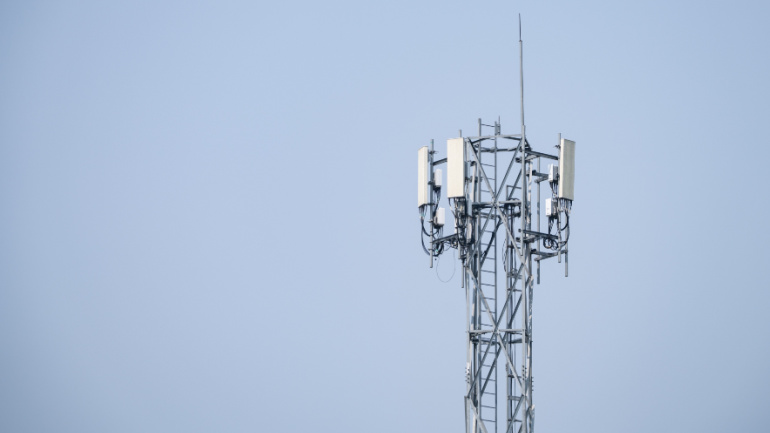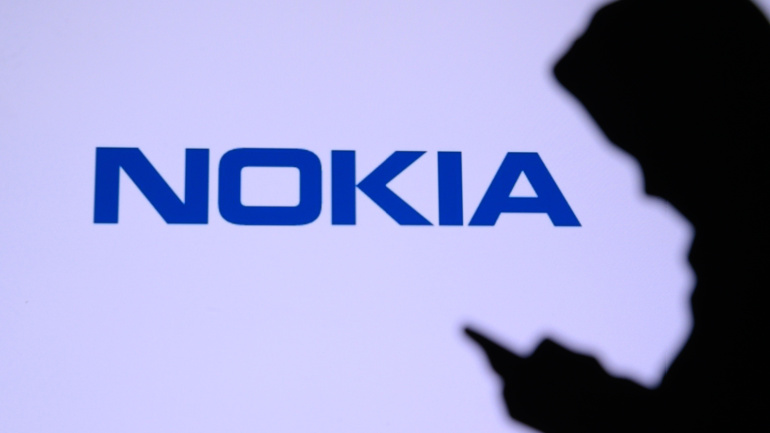In a groundbreaking trial, SK Telecom (SKT) and Thales have successfully tested the encryption and decryption of identity data on a 5G network, aiming to safeguard user privacy from potential quantum threats. The experimentation utilized Thales’ cutting-edge 5G Post Quantum Cryptography (PQC) SIM cards within a trial 5G standalone network environment provided by SKT.
In a decisive move towards advancing its digital agenda, the European Union (EU) has earmarked a substantial €763 million for the Digital Europe Programme. The lion’s share of nearly €549 million will fortify ongoing projects and multi-country initiatives aligning with the Digital Decade targets. These targets, a roadmap for Member States, aim to accelerate digital transformation by 2030.
An unprecedented advance in antenna technology can enable the manipulation of all five fundamental properties of electromagnetic waves through software control, according to researchers at City University of Hong Kong.
In an ambitious collaboration, Ericsson is partnering with Concordia University, the University of Manitoba, and the University of Waterloo to bolster cybersecurity for 5G networks, utilizing AI and automation solutions. Their objective: foreseeing and mitigating network breaches for both current 5G and upcoming 6G networks while navigating increasing network stress and complex security requirements.
CUJO AI, a herald in cybersecurity and device identification, foresees growth in catering to Matter and Thread devices. As IoT devices multiply in consumer homes, demand for advanced security solutions escalates. The move to Matter and Thread is seen as a valuable advancement towards CUJO AI’s goal of enhancing ISP security.
The Global Coalition on Telecommunications (GCOT), launched by the UK, Australia, Canada, Japan, and the US, intends to revolutionize telecommunications through joint R&D, funding alignments, and standard development. Offering insights into the initiative’s broad scope, TMT partner Julian Cunningham-Day highlights the coalition’s focus on supply chain diversification and market competition through Open RAN. Despite the promising advantages, potential vulnerabilities may arise from industry-wide open standards. Additonally, GCOT’s emphasis on yet to be realized 6G technology signals its proactive stance towards future complexities.
In a push for universal cybersecurity standards, the EU faces backlash from global telecommunications titans like Ericsson and Nokia, who warn of supply chain disruptions akin to those experienced during COVID-19. Striking a balance between stringent security measures and smooth product availability is crucial, prompting these industry leaders to suggest increased self-assessment and more lenient implementation timeframes. However, the underpinning question remains – who should ensure industry compliance, the vendors or third parties? Amidst the surge in cybercrime, a secure, streamlined approach is paramount.
5G and AI are more than just buzzwords; they’re shaping up to become the backbone of technological breakthroughs. Their ultra-fast capabilities are key for advancements including IoT and intelligent automation. However, with high speed comes high stakes, particularly in the domain of cybersecurity. Yet, despite potential risks, the limitless possibilities offered by 5G and AI, whether it’s efficiency gains or real-time interactivity, are compelling. This combination is set to revolutionize industries, driving anticipation for what lies beyond the tip of this transformative iceberg.
Five nations have formed a global alliance, ambitiously named the Global Coalition on Telecommunications (GCOT), a promising step towards international cooperation in the telecommunication arena. Set to modernize Open RAN, enhance 6G, and resolve security issues linked to China, this consolidates the efforts of five major entities across UK, Australia, Canada, Japan, and the U.S. The coalition aims to better integrate policy matters and drive growth within the industry. However, uncertainty looms over the form this alliance will take in future, prompting intense interest within the telecom sector.
HMD Global sets a new bar in smartphone manufacturing with the Nokia XR21, claiming ‘military-grade durability’ and localized data storage for improved security. Remarkably, this sturdy device boasts a chassis made from 100% recycled aluminium, affirming the company’s commitment to sustainability. As an added boon, it has moved its manufacturing to Europe, enhancing the product quality control. This move hints at the potential appeal of a ‘Made in Europe’ smartphone in an overwhelmingly Asian-dominated market.













